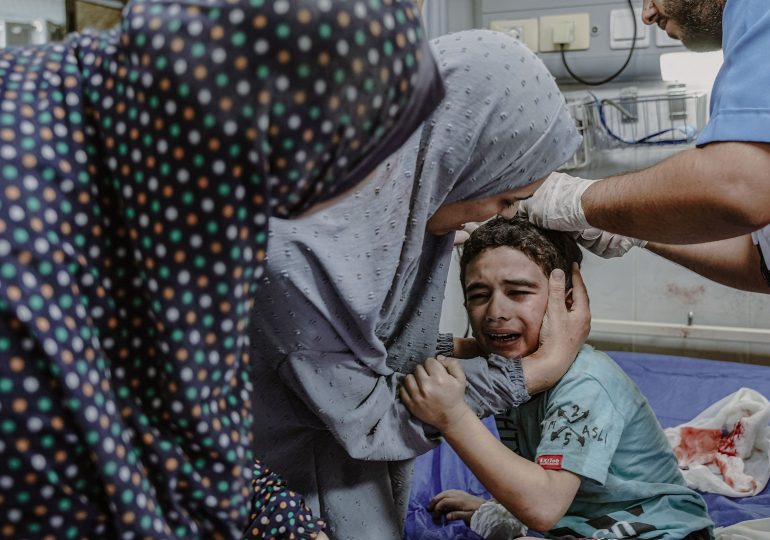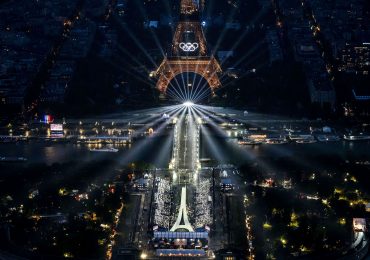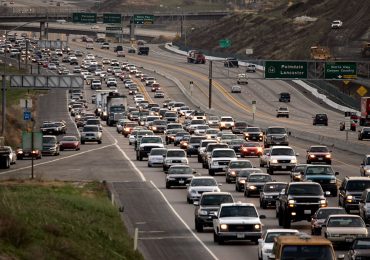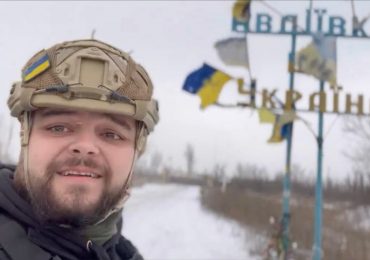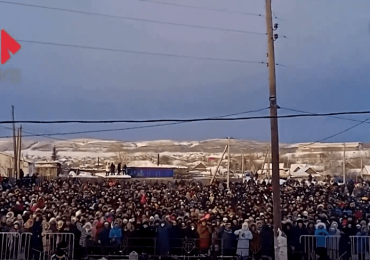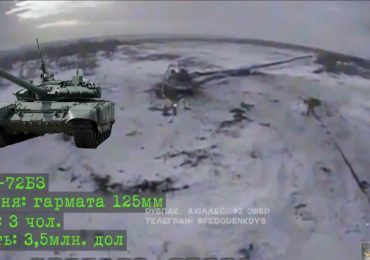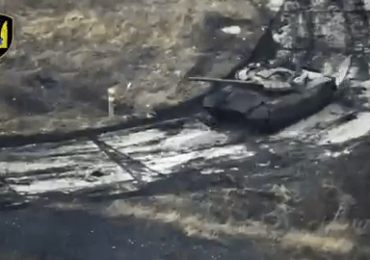Saher Alghorra has long loved to document both the beauty and challenges of life in Gaza. That’s what first drove the 27-year-old Gaza native to become a photojournalist. But even Alghorra—who has already lived through the devastating 2008 and 2014 Gaza-Israel conflicts—was not prepared for what has transpired this month. “The humanitarian situation here is extremely catastrophic,” Alghorra tells TIME.
[time-brightcove not-tgx=”true”]
Hamas launched a surprise, unprecedented attack on Oct. 7 that killed at least 1,400 people in Israel. Gazans have been subject to thousands of airstrikes since then and Israel has enacted a total siege covering electricity, water, food, and medicine, which comes on top of a 16-year blockade that already left most Gazans reliant on aid. More than 3,300 people have died in Gaza in this latest escalation, and more than 13,000 wounded, the Palestinian Health Minister said on Wednesday.
(Warning: Some of the following images are graphic in nature and might be disturbing to some viewers.)
Child casualties make up a quarter of the total, Gaza authorities told Reuters, and Alghorra’s photos put those numbers in stark relief. In one, Omar Lafi mourns the loss of his nephew, with whom he was inside a market buying food when the nearby Al-Sousi Mosque in Gaza’s Al-Shati refugee camp, set up in 1948, was hit by an airstrike. On a separate occasion, Alghorra recalls, he saw a father holding his daughter near Al-Shifa hospital, exclaiming that he was planning to throw her a birthday party, before she was killed by an airstrike.
At least 700 children have died in Gaza since the Israel-Hamas war broke out. To grasp how deadly the conflict has been so far for Gaza’s children, more died there in the first nine days of conflict than in 20 months of Russia’s war in Ukraine.
And those who live have not escaped the trauma. Alghorra recalls meeting two children at the emergency room at Al-Quds hospital who had lost their father while escaping airstrikes. “They sat there crying. We tried to help find [him],” he says. Alghorra followed them until they finally found him injured in a different part of the hospital. “They hugged each other and collapsed in tears.”
Alghorra’s photographs show how Israeli airstrikes continue to overwhelm the 2.2 million Palestinians living in what is one of the world’s most densely populated places. Families grieve next to lifeless bodies. Plumes of smoke fill the sky. Rubble fills the streets. Patients inundate Al-Shifa, the city’s largest medical complex, as thousands more seek shelter there. Homes are destroyed every day. “They are reduced to dismembered bodies inside,” he says.
Read More: For Gazans, There Are No Safe Havens
Amid the scale of death and destruction, health officials have resorted to storing bodies in ice cream freezer trucks, as cemeteries fill up and moving them to hospital becomes too risky.
In another photograph, a mother, already injured after her house in Gaza was hit by an airstrike the morning of Oct. 9, cries as she learns that her daughter Mira Abu Ghneima has died. “We see sadness and frustrations in the eyes of the citizens who lose their loved ones during the war,” Alghorra says. “There are families that have perished entirely.”
“The health situation is at risk of collapse,” Alghorra says. His photographs from Al-Shifa hospital illustrate the urgency on the ground. “There were emotionally difficult scenes that took a toll on us,” he says. “It’s a difficult feeling, and the smell isn’t good. I went to the Shifa Hospital to capture images of suffering and sadness there, and all the sounds were chants and ululations…There were many sounds of crying and screaming.”
The carnage in Gaza even pushed BBC Arabic reporter Adnan El-Bursh to tears on Thursday as he and cameraman Mahmoud al-Ajrami discovered friends, relatives, and neighbors were among those killed or injured at Al-Shifa. The hospital has warned that there is nowhere else to go for patients to go. “It’s absolutely impossible to evacuate the hospital,” Dr. Muhammad Abu Salima, the director of the hospital, told the New York Times. “If someone doesn’t die from the bombardment, then he’ll die from the lack of medical service.”
Read More: How to Help Victims of Israel-Hamas War
Israel on Oct. 13 ordered the evacuation of more than 1 million Palestinians from northern to southern Gaza, ahead of an expected ground offensive. Israel says the measure—which the U.N. has said is “impossible”—is meant to protect civilian lives. But the U.N. and others have warned it would cause a “humanitarian disaster.”
The war has also been deadly for Alghorra’s peers. At least 17 journalists have been killed since the conflict broke out. Even so, he remains determined to continue his work. “We are all at risk here, but we follow safety guidelines regardless. This includes wearing press vests and moving cautiously based on our assessment of dangerous areas,” he says, showing TIME his press attire.
“Photography is very important for documenting crucial moments,” he says. “In this war, our role as photojournalists is to show the world what the Palestinian people are going through.”
Leave a comment
